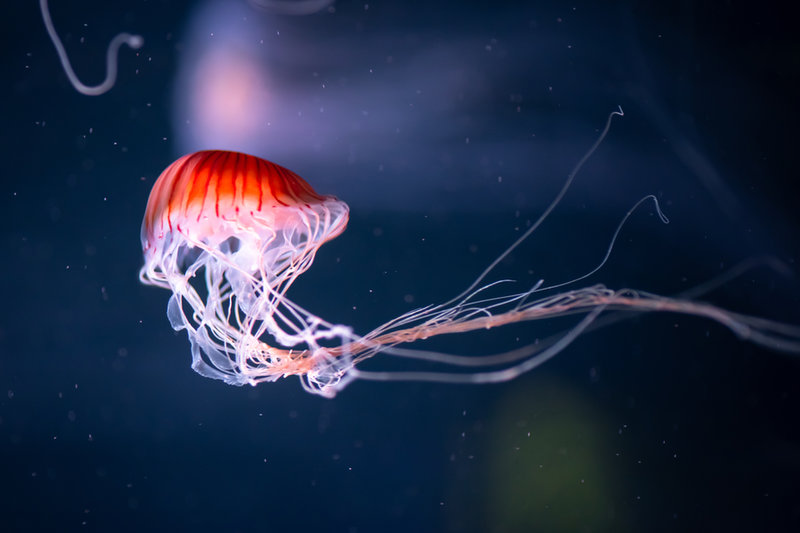COMPANY INSIGHT
Sponsored by Photonic
A colorful future ahead.
PHOTONIC is increasingly focusing on fluorescence diagnostics, thus creating innovative green synergies in the process.

L
EDs have long become established in the field of classic lighting technology and high-power modules can be used even in applications with extremely high brightness requirements. Brightness, however, is only one aspect of visual perception. It is contrast that plays the decisive role in delivering the sharpness required for the information content of an image. When it comes to displaying minute differences, such as, for instance, in the medical diagnosis and treatment of tumours, colour marking in particular, next to zooming, is an established method for the creation of such contrasts.
Fluorescence-based applications in surgical microscopy and endoscopy are made possible through the interplay of three components: the colouring agent, the suitable light source and the imaging system. PHOTONIC has developed in-depth know-how in all three areas and is focusing intensively on future solutions. As a result, the developer team is concentrating its efforts on the platform approach. Based on the combination of several PHOTONIC modules, the specialist for innovative lighting systems and optomechatronics can already supply its customers with the suitable system solutions for the colouring agents of the future.

The future is green
Not least due to the extended technology know-how at its disposal within the WILD group, PHOTONIC develops both modules for the stimulation of fluorescein and 5-ALA (protoporphyrin PpIX) as well as customer-specific product developments and combined lighting and imaging systems. For us, delivering innovations means becoming green both literally and figuratively, business developer Joachim Enengl explains. This is done, on the one hand, by providing the suitable wavelength for infrared imaging with indocyanine green. On the other, by strengthening the green wavelength range in LED-based light solutions for the excitation of cyan-fluorescent protein. And, last but not least, by using natural colouring agents such as curcumin, which is found in the turmeric root.
Especially in the case of medical applications, including the diagnose or fluorescence-guided removal of tumours, such innovative solutions present an enormous potential. Compared to xenon arc lamps, the light of which is largely generated in wavelength ranges which must be optically cut out for the targeted fluorescence and be cooled using a large amount of energy, power-efficient LED solutions with wavelengths adjusted to the respective colouring agent are indispensable for a sustainable energy footprint, Enengl believes.